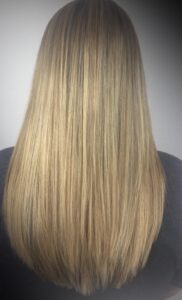A One-Length cut has no layering. It is also known as a Blunt Cut. All hair is pulled to the same length (guide line) to create a heavy edge all around.
Hair Cut Types
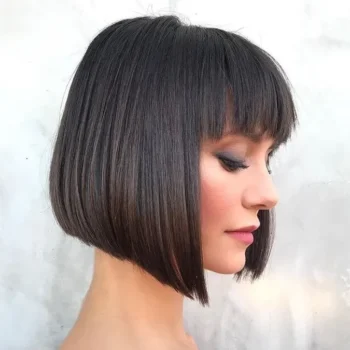
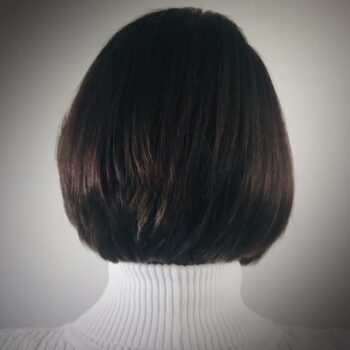
Beveled Bob means that the layering shapes the hair inward at the bottom of the hair.

An Inverted Bob has a direction mainly toward the face, as the hair gets longer. It can be layered and/or textured to clients preference.
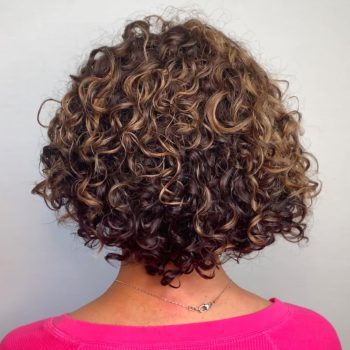
Diamond Shaped bob means that the layers are cut from short to long, then back to short. This creates width on the sides and can be customized to client preference.
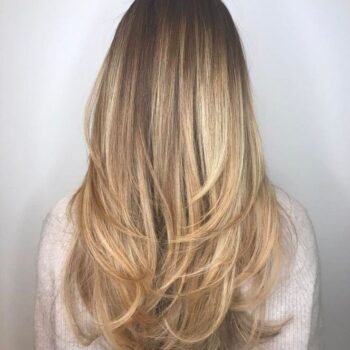
Long layers means the hair is long, and visible layering is shown at the bottom of the hair, typically the last 3-5 inches.

A Full Layered cut, whether curly or smooth, can be done on both short or long hair. This provides more hair movement, removes weight from the hair, and adds a lot of bounce.
An Oval Cut can be on any length hair that’s shoulder length or longer. The name refers to the shape on the outer edge when the hair is down. This is a shaping that is very popular and can be done on both non layered and layered hair.
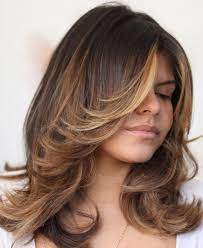
Butterfly Layers. This cut is specifically layered around the face, and along the top of the head. It can be used with a long fringe/ bang or without. When pushed or styled away from the face, the layering falls into place.
Scroll to the bottom for Stylist Vocabulary.
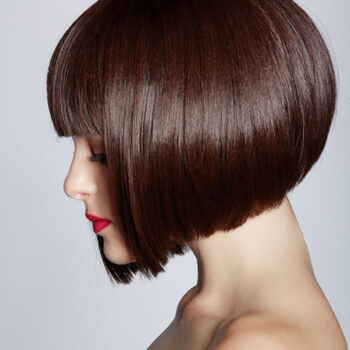
A Rounded Bob Cut is layered in the top, and smoothly transitions to the layers in the bottom.
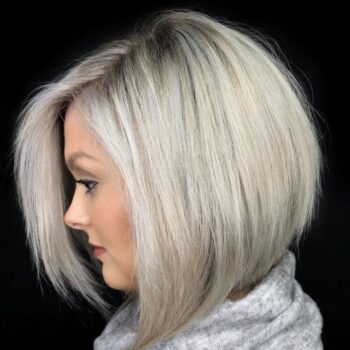
An Inverted Tapered Bob Cut means the hair is longer in the front, and beveled or tapered at the bottom to help it lay inward.
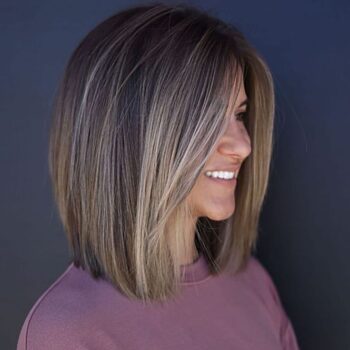
The Long Bob is like a standard Bob cut, just longer. It’s great for those who need the length but like a simple type of cut. It can be modified to clients wishes with layers, tapering, etc.
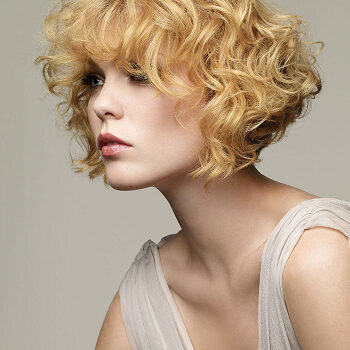
A Wedge Hair Cut can be done on smooth or wavy hair, but is shown off much more with textured hair. The sides are full, the back is gradually longer in the middle and shorter toward the bottom.

A Soft Wedge Cut is like a wedge, but without any harsh lines giving a softer round appearance. The back is still elevated at the crown and short at the neck.
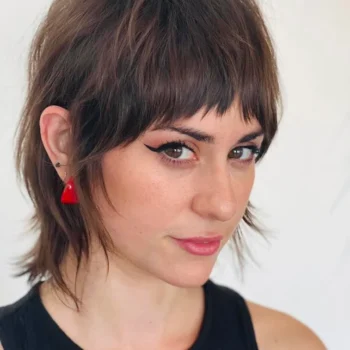
Wolf Cut. This is a current trend where the top and front are short and shaggy with texture. It is layered so that the front has full layering and is cut into a whispy fringe around the face. The back is longer, layered and still whispy.

Long Wolf Cut. This is a variation of the wolf cut where the top and front are short and shaggy with texture. It is layered so that the front has full layering and is cut into a whispy fringe around the face. The back is much longer, layered and still whispy.
CURLS

Type 2 Wavy hair. Shown: Type 2A
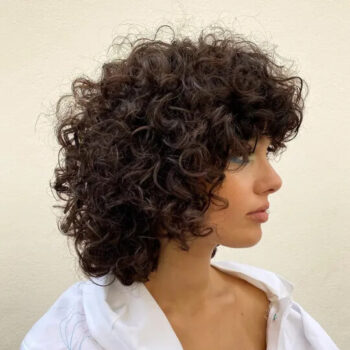
Curl Type 2. ( large curls). Shown: Type 2C

Type 3 Curly Hair. Shown: Type 3A
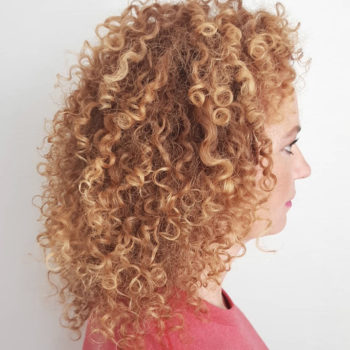
Type 3 Curly Hair. Shown: Type 3B
Do you need to know what curl type you are?
To see the different curl types please refer to the blocks below.
Type 2 Curls range from loose wavy to slight curl. These are the most common curl types with fine hair texture.

Type 3 Curls have a spiral shape, and can range from medium to tight. Textures of hair may be fine to coarse.

Type 4 Curls are kinky curls, and can rage from loose to tight. Normally these curls are coarse or resistant textures.

CONSULTATION REQUIRED BEFORE BOOKING TYPE 4 SERVICES.
Here are some other terms we use at the salon. These terms may help you describe to us what you’re looking for during your consultation.
Fringe – Also known as bangs. This term Fringe may also refer to the front section of your hair above the forehead, or eyebrow to eyebrow. Fringe can be long or short depending on style.
Crown – This is the top back of the head. It is not the top of your head, but just behind it.
Whirl – The area in the crown where the hair grows out in a spiral effect. This area must be paid special attention to on short cuts, and also when someone is trying to keep the area lifted.
Feathered – A description of how the hair falls into layers in a sweeping motion.
Tapered – Hair that moves gradually from longer to shorter. This is usually seen at the neck line /Nape, or moving downward on the head toward the ear where the hair is shortest.
Thinning – The shears we sometimes use to remove weight from the hair is also known as Thinning Shears. There are many different ways to use them for a different effect. This is used when clients hair is much too heavy, and they need the weight removed. Not recommended for certain hair types.
Knotching – This refers to a technique that removes bulk strategically through the areas that are heavy, but thinning shears would not be recommended. This is usually on super bulky hair or curly hair.
Carving – This is a technique used to cut/add movement or direction into the hair while removing some bulk.
Blunt Cutting – This type of cutting refers to how a stylist holds the shears in relation to the hair. Blunt cutting is performed perpendicular to the hair in a straight line.
Point Cutting – This type of cutting is contrary to Blunt Cutting. It’s where the shears are held almost parallel to the hair strands, thus limiting the amount of hair that is cut. It is also used to create texture on the ends of the hair section.
Helix Cut/ Curl Carving/ Curl Cutting – All of these techniques refer to methods used on Curly hair. It can improve or accentuate the curls bounce or definition. They can also shape a curl reducing the amount of bulk or frizz. Many different variables are used at our salon for different curl types.

